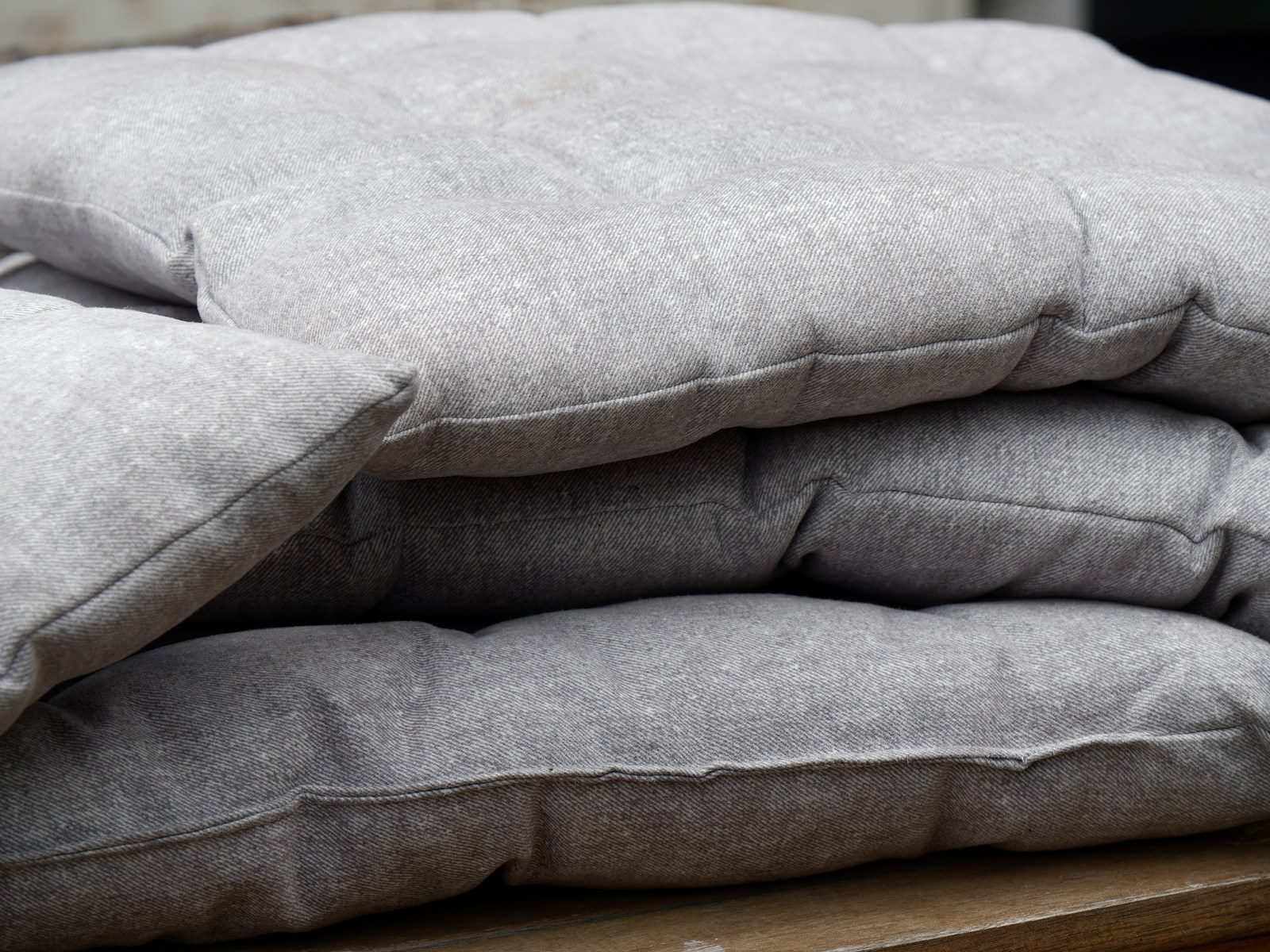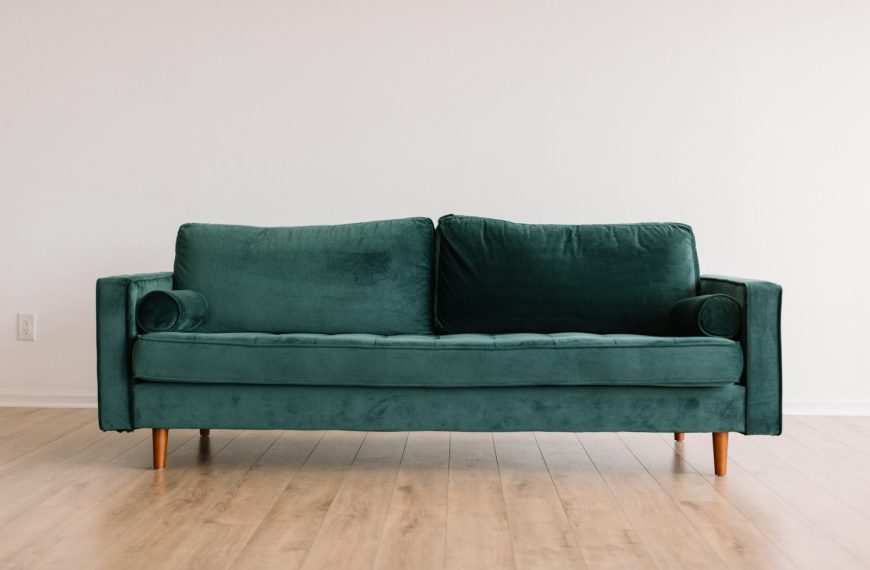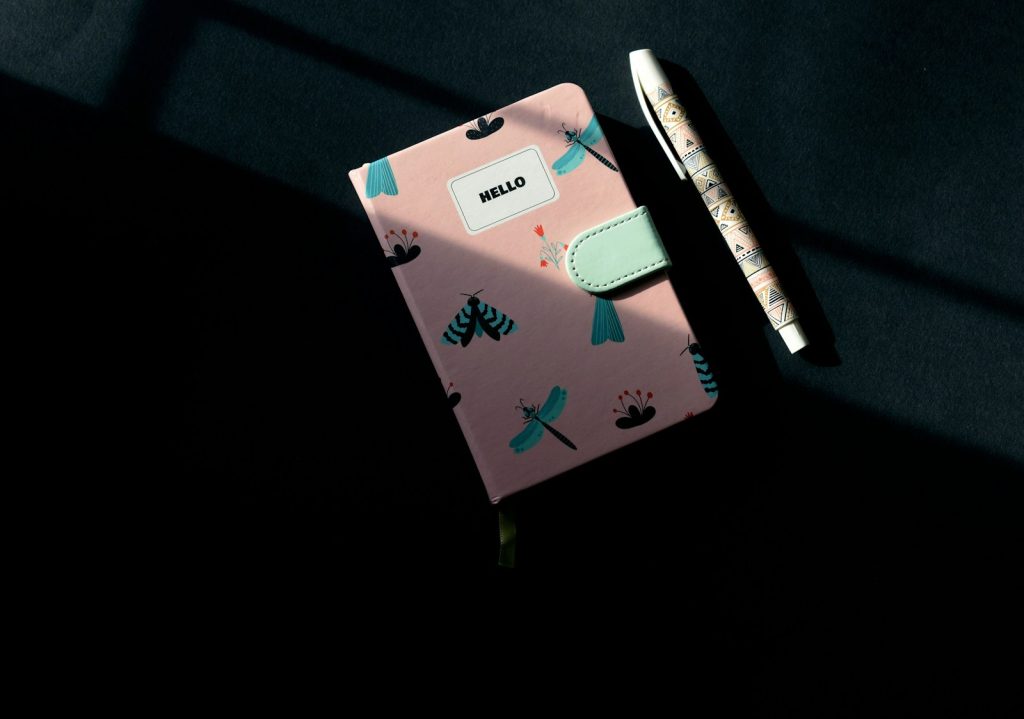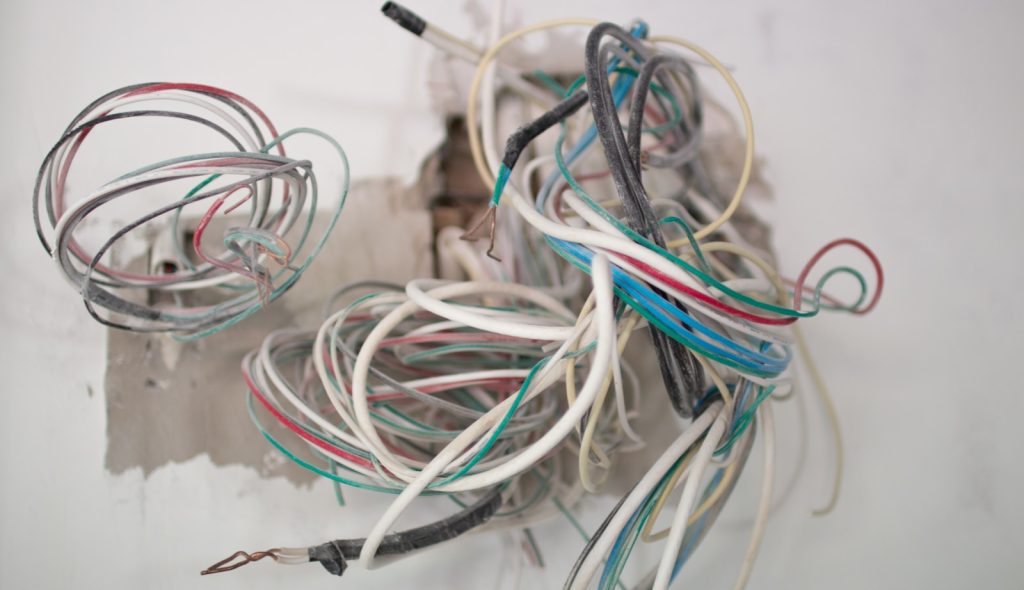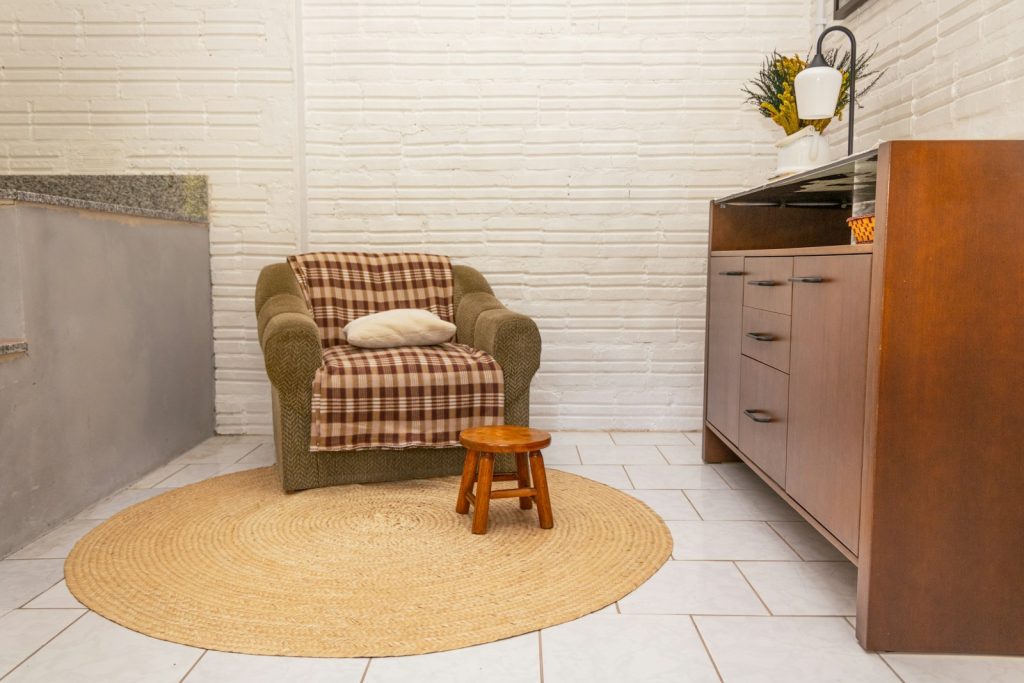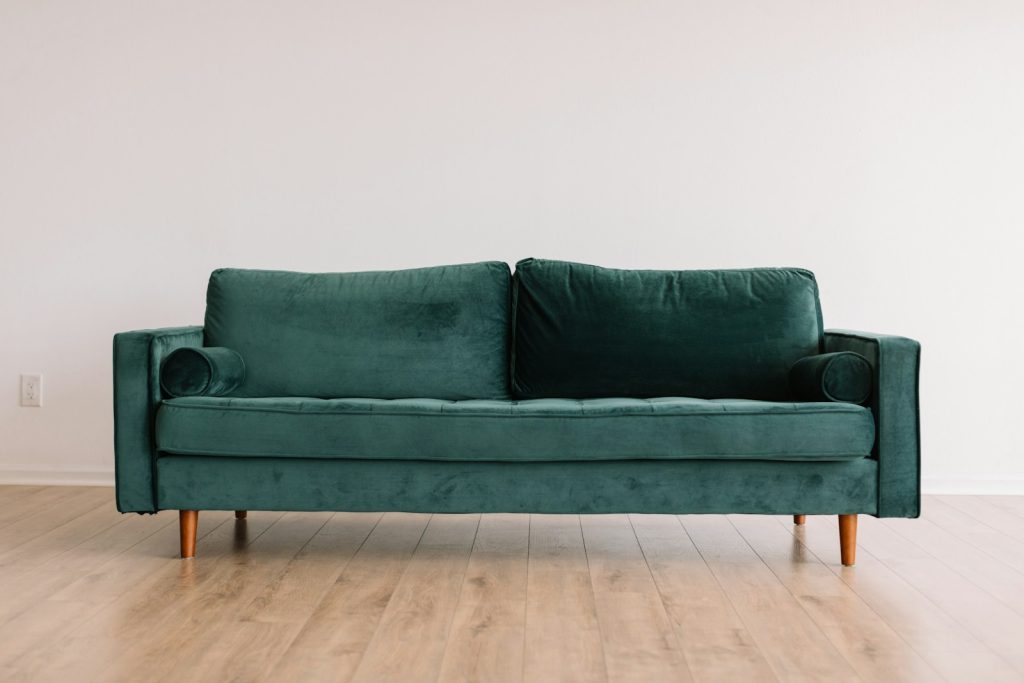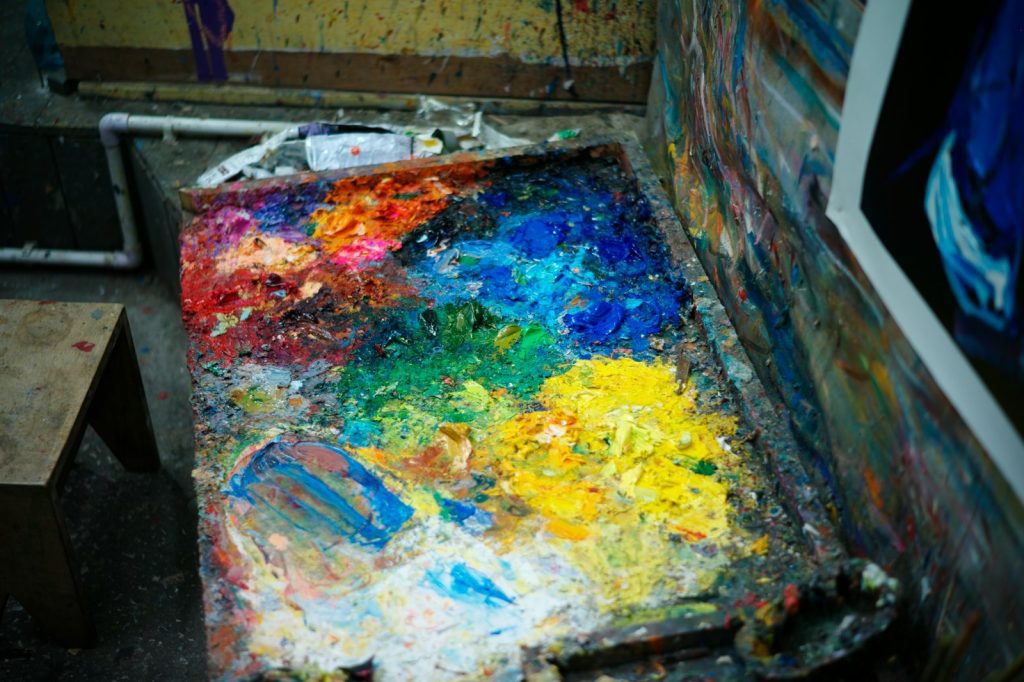Dust is one of those annoyances that can sneak into your home no matter how often you clean. Certain décor choices, however, tend to collect dust more than others, making your space feel less fresh and harder to maintain.
Knowing which items attract the most dust helps you make smarter choices that keep your home cleaner with less effort. This article will walk you through seven common décor items that might be doing more harm than good when it comes to dust buildup.
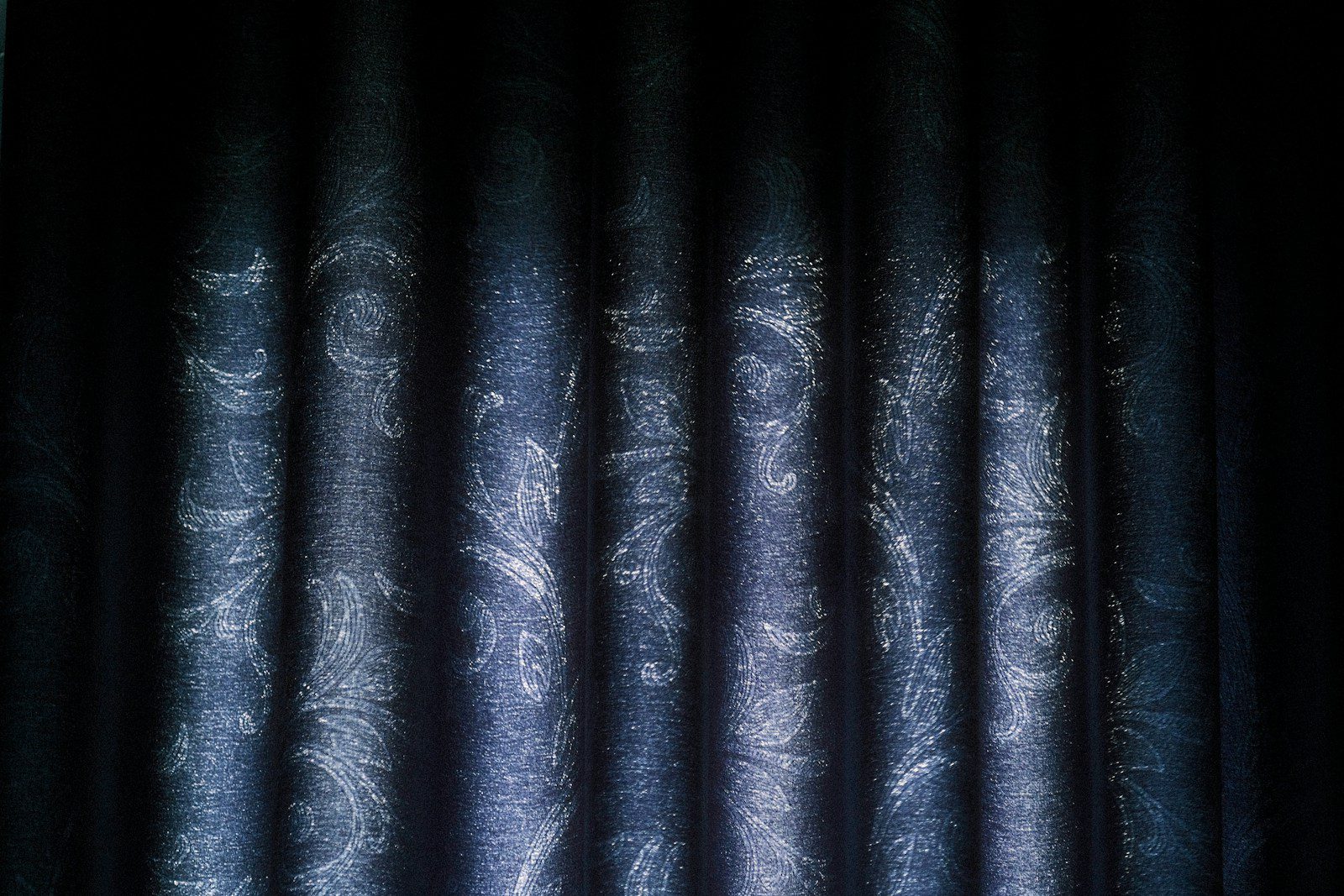
Cloth-covered picture frames
If you love the cozy vibe fabric adds, cloth-covered picture frames might catch your eye. They come in cotton, linen, or felt, giving your space some extra texture and warmth.
But here’s the thing: fabric can attract dust more easily than smooth surfaces. You’ll find yourself dusting these frames more often to keep them looking fresh.
They’re great if you want a soft, handmade touch, but be ready for the upkeep. Matching the fabric color to your decor can help them blend in instead of standing out as dust magnets.
Heavy velvet curtains
If you have heavy velvet curtains, expect them to attract dust pretty easily. The thick, fuzzy texture traps dust particles and pet hair more than smoother fabrics.
You’ll need to clean them regularly to keep them looking fresh. Dust left on velvet can dull its rich appearance over time.
Velvet curtains also absorb allergens, so if allergies are a concern, a good routine of dusting or gentle vacuuming every one to two months will help a lot.
Excessive throw pillows
If you have way too many throw pillows stacked on your couch or chairs, they can trap a lot of dust and allergens. Each pillow adds another surface for dust to settle on, making your space feel less fresh.
Too many pillows can also clutter your seating area, making it harder for guests to find a comfortable spot. Limiting the number helps keep things tidy and makes cleaning quicker and easier.
Decorative knick-knacks collections
You might love displaying your knick-knacks, but too many can quickly turn into dust magnets. When you pile on trinkets without a plan, the space feels cluttered, and cleaning becomes a chore.
Try to keep your collection curated and organized. Use shelves or shadow boxes to highlight favorite pieces without crowding.
Remember, less is often more. Clearing out damaged or less meaningful items makes dusting easier and your display more appealing.
Unwashed Roman Shades
Roman shades look stylish, but the fabric can easily trap dust and pollen. If you don’t clean them regularly, they’ll collect dust in the folds, making your space feel less fresh.
You might notice dust buildup especially if anyone in your home has allergies. Cleaning Roman shades takes some effort since dust hides in the creases, but regular dusting or gentle vacuuming helps.
Ignoring this can make your shades look dull and may affect your indoor air quality. Keeping them clean keeps your room looking bright and helps reduce allergen buildup.
Stacked folded clothes on shelves
You might think neatly folded piles of clothes on open shelves look tidy. But these stacks often collect dust quickly, especially if they sit untouched for days.
Dust settles between layers, and the more you pile up, the harder it is to keep everything clean. If you want to keep those shelves looking fresh, regular dusting and reorganizing is a must.
Using shelf dividers or bins can help keep folded clothes in place and reduce dust buildup. That way, your closet stays both organized and a bit less dusty.
Indoor dried flower arrangements
Dried flower arrangements look charming and low-maintenance at first. But they tend to collect dust quickly, especially in open spaces. You’ll need to clean them often to keep them looking fresh.
Avoid placing them in direct sunlight or humid areas to prevent fading and deterioration. Dust buildup can be removed with a soft brush or a cool setting hair dryer. If you skip this, the dust will become quite noticeable and take away from their appeal.

